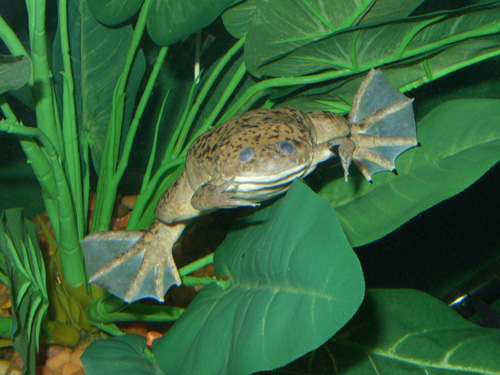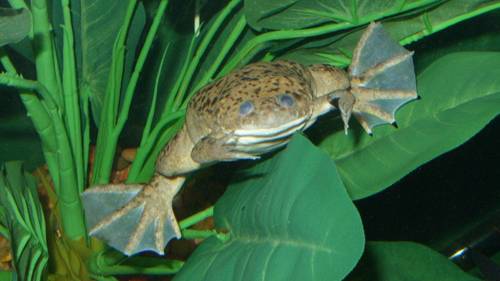How a pregnancy test for humans caused a wave of global extinctions
Source: io9.com

The deadly fungus Batrachochytrium dendrobatidis has been wiping out amphibian species across the globe for decades. But how did this global environmental disaster get started? A new study suggests that it came from doctors importing frogs for use in pregnancy tests.
Since the 1980s, amphibian species have experienced a sharp decline in their numbers. Some estimates suggest that 400 or more amphibian species have gone extinct or near extinct since the die-offs began. Scientists eventually pinpointed the major cause of the devastation: chytridiomycosis, a disease brought on by an infection by the fungus Batrachochytrium dendrobatidis, or Bd.
When Bd fins its away into an amphibian, it severely thickens the animal’s skin, disrupting its ability to breathe and take in nutrients. Some species have a 100 percent mortality rate — but others survive the infection, seemingly unaffected by the fungus.
 One Bd-resistant species is the African clawed frog (Xenopus laevis). About a decade ago scientists suspected that this particular species may have served as a carrier, and facilitated the spread of chytridiomycosis, when they found Bd in a museum specimen dating back to 1934.
One Bd-resistant species is the African clawed frog (Xenopus laevis). About a decade ago scientists suspected that this particular species may have served as a carrier, and facilitated the spread of chytridiomycosis, when they found Bd in a museum specimen dating back to 1934.And now, a new analysis now links the spread of the fungus in the U.S. with the spread of X. laevis, which initially began in the early 1900s. You see, at this time people were importing large numbers of the amphibian for use in research and to use as pets. Doctors eventually discovered that the African clawed frog could also be used as a pregnancy test, further increasing the number of frogs imported.
The pregnancy test worked by injecting a woman’s urine under the skin of a female frog. If the woman was actually pregnant, her hormones would stimulate ovulation in the frog. In the 1960s, doctors phased out this practice for more reliable pregnancy tests based on hormonal readings, and many of the test frogs were probably released in the wild. Though these frogs are no longer being imported for pregnancy tests, they are still used in research.
[...]
Read the full article at: io9.com






















